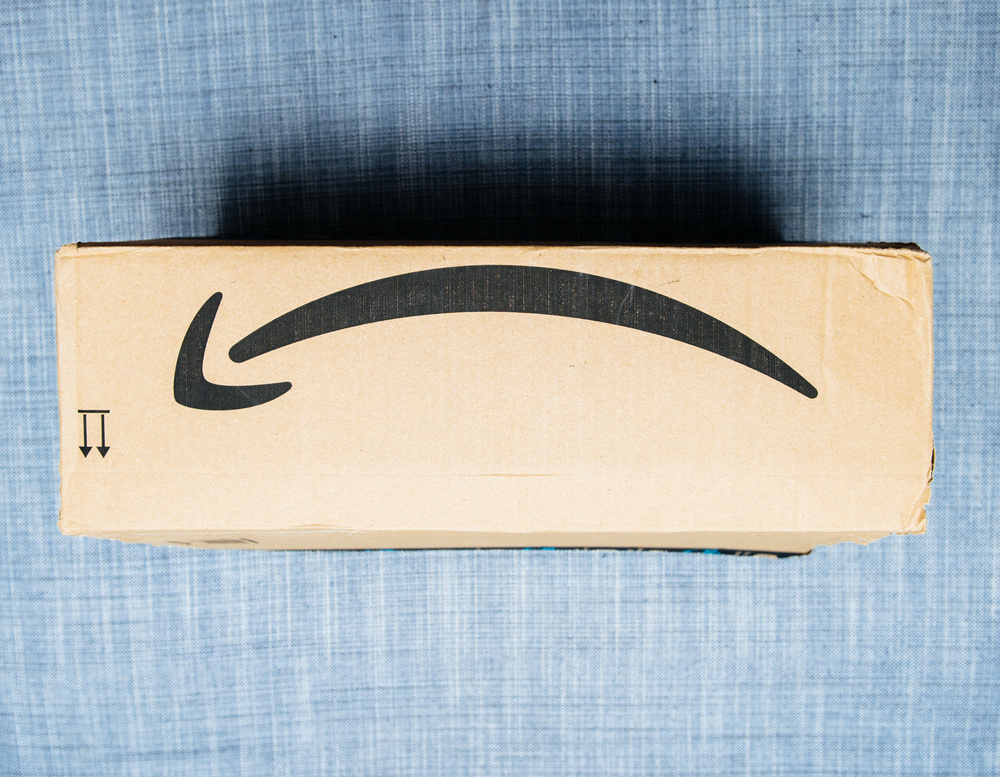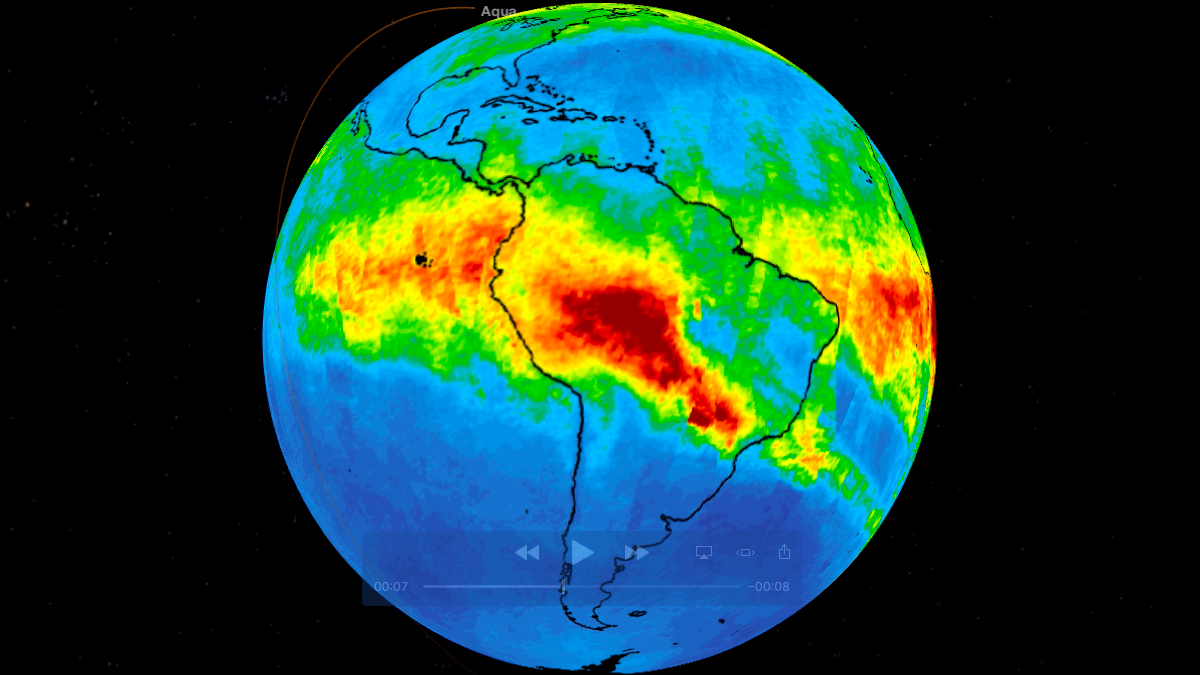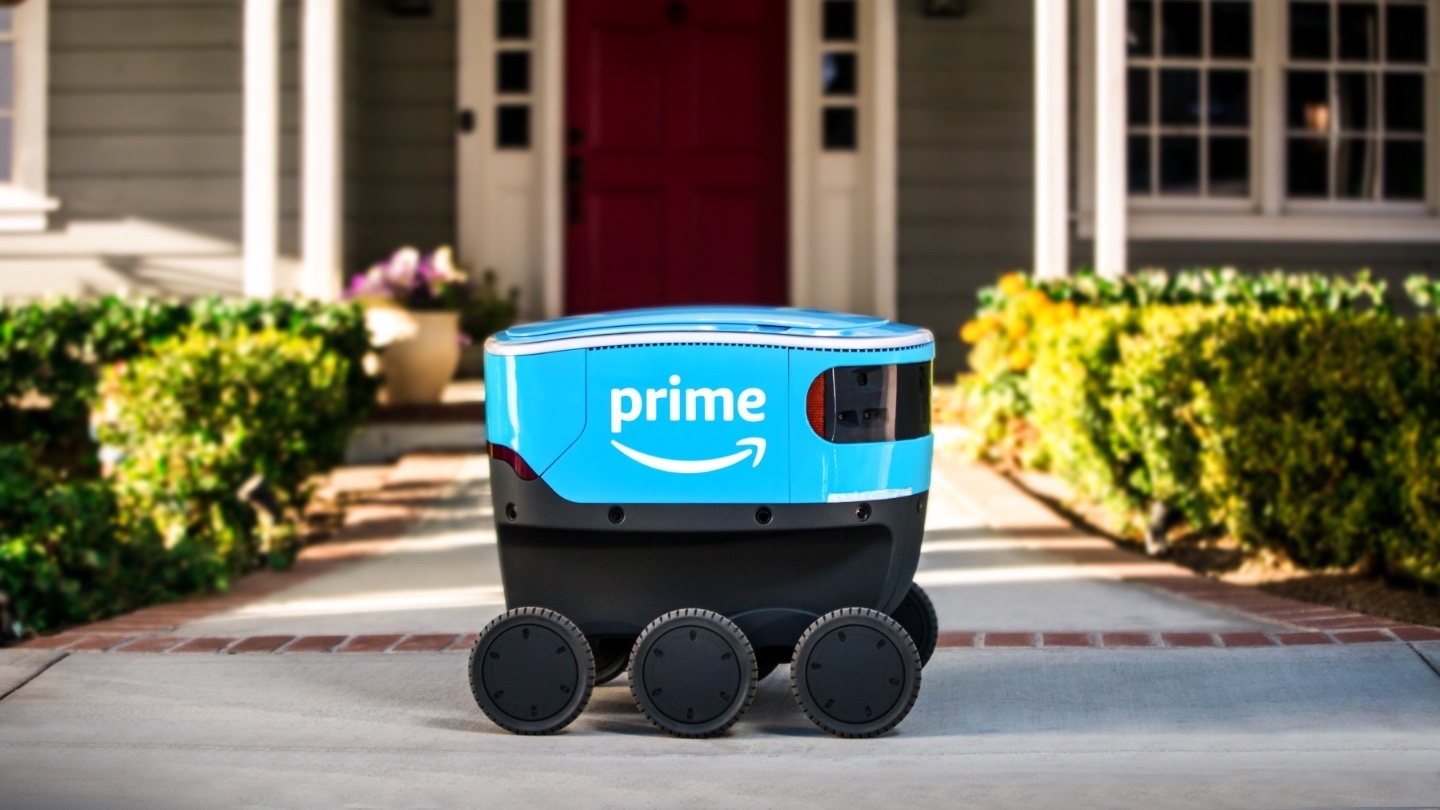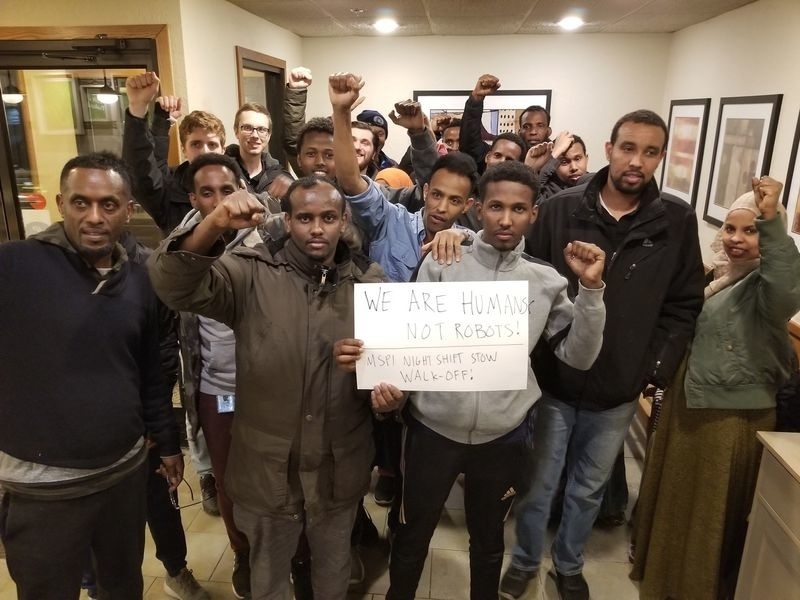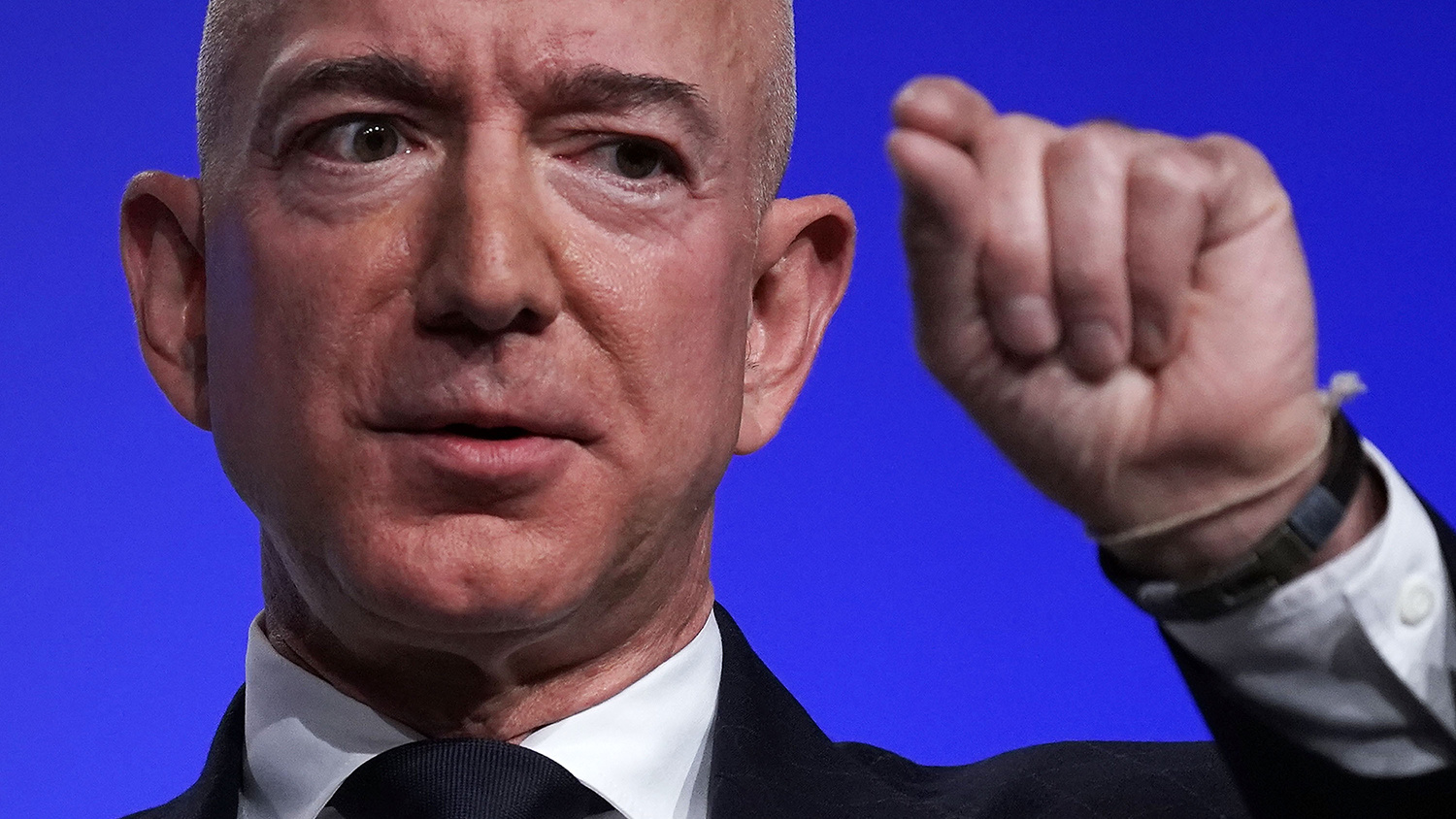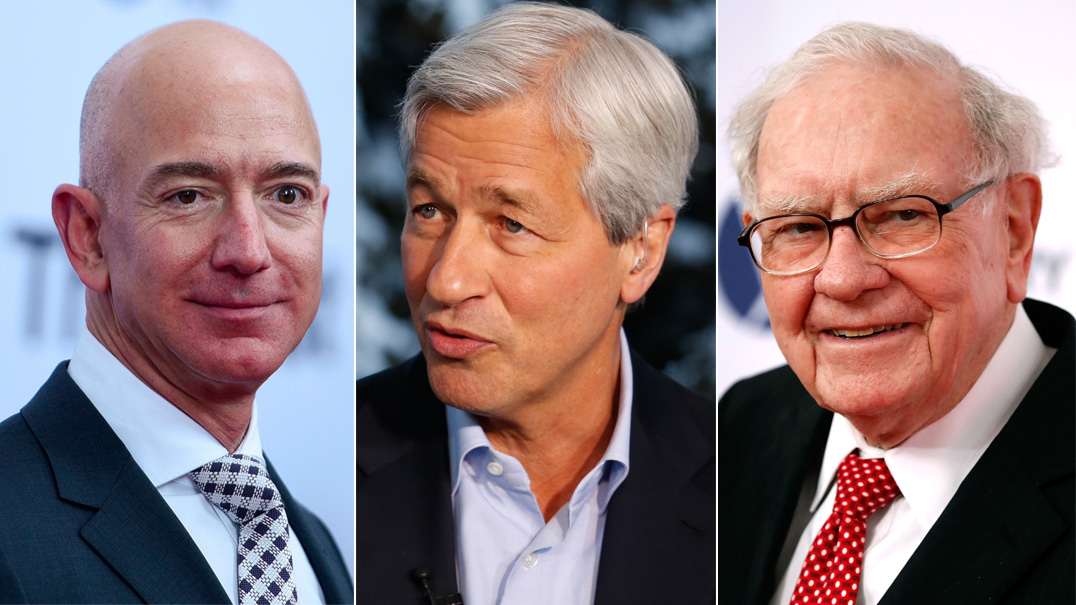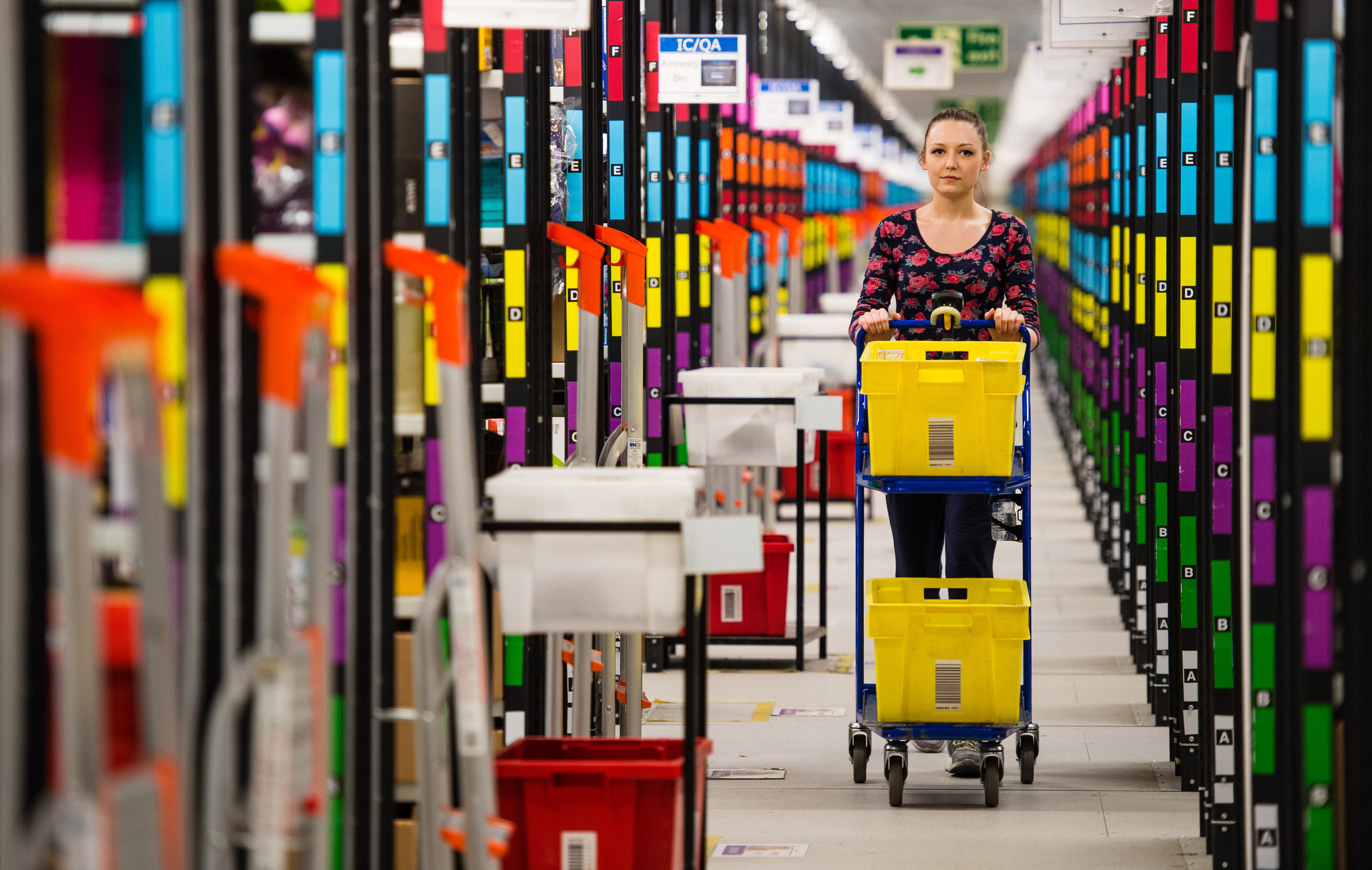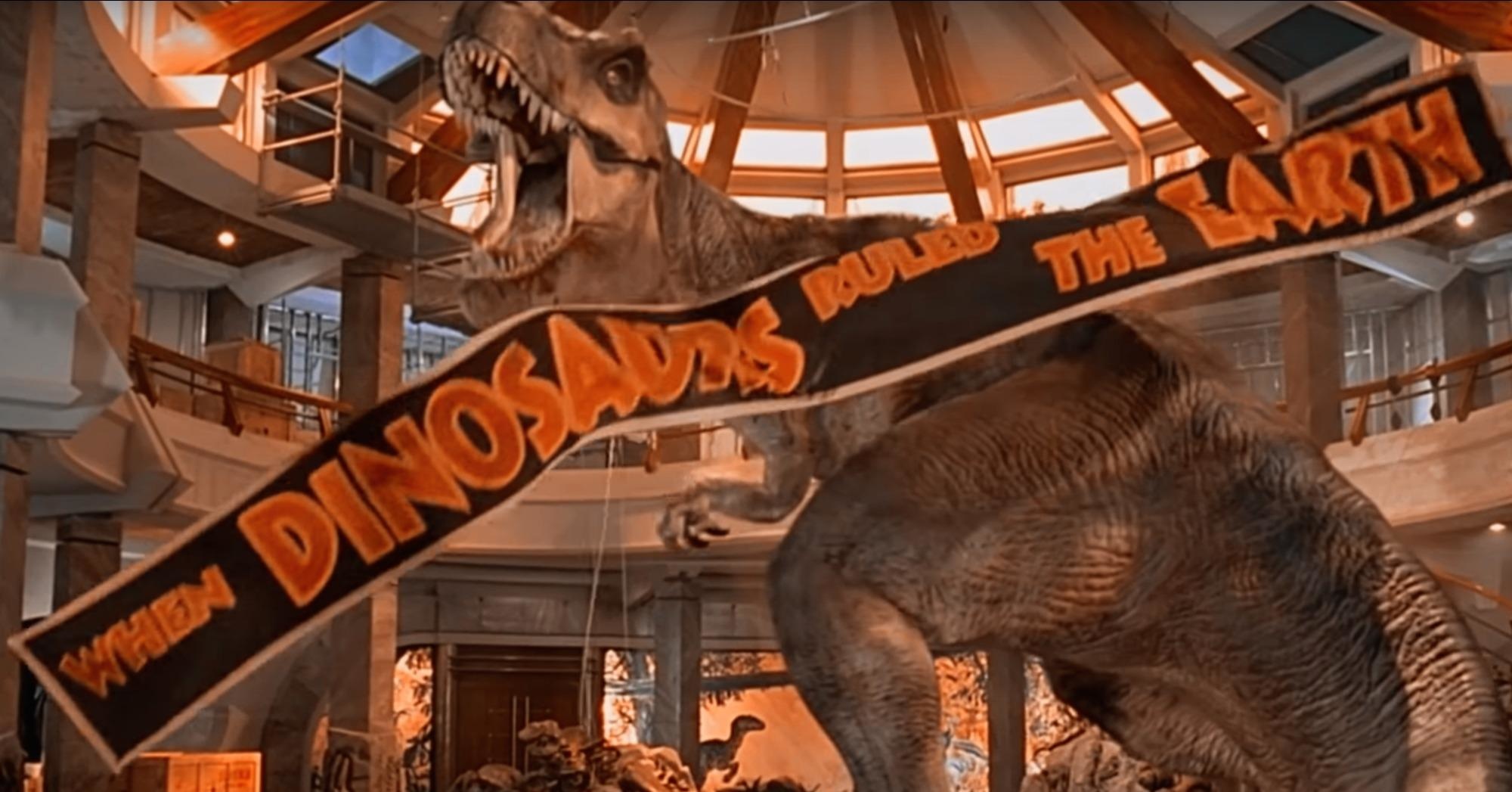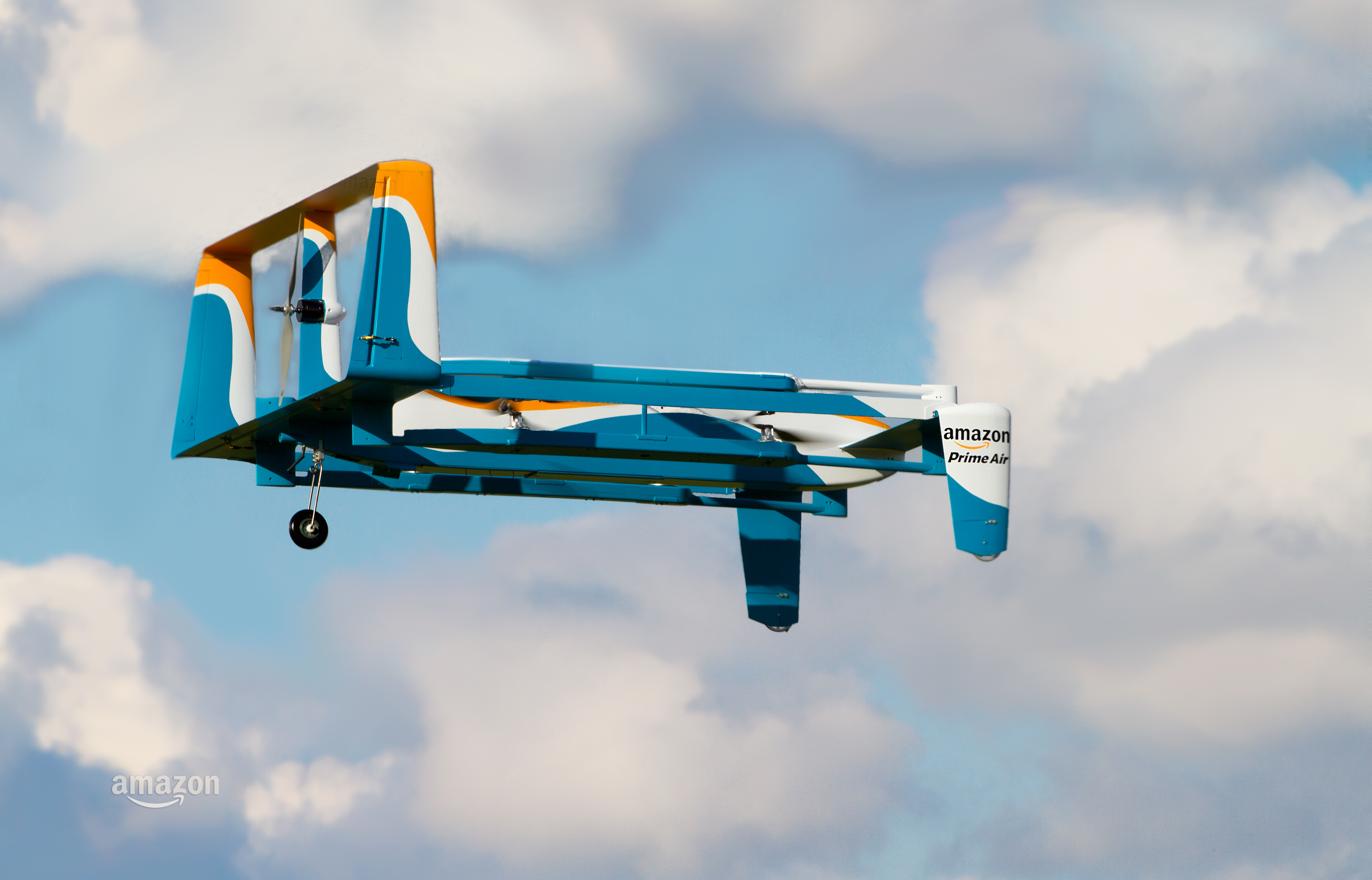Amazon
How disrupted supply chains and angry sellers could hurt the e-commerce giant.
Satellite movie shows clouds of carbon monoxide drifting over South America.
The blazes may be the first step in a hellish downward spiral.
The first wave of the retailer’s anticipated automated delivery fleet hits the sidewalks.
The strike is poised to happen on Amazon’s upcoming “Prime Day.”
Amazon raised its minimum wage for US workers to $15 per hour. Then, it took a bunch of other benefits away in what’s being called a “stealth tax.”
A new report from Bloomberg describes how Chinese subcontractors secretly inserted microchips into servers that wound up in data centers used by nearly 30 American companies.
The three behemoth companies are teaming up to disrupt the U.S. health care industry, a move that spooked the markets on the morning of the announcement.
Amazon has opened a new store in Seattle, one that may represent the future of what the retail giant is calling ‘Just Walk Out’ shopping.
Amazon’s blockbuster purchase of Whole Foods will lead to big changes in how we shop.
Research shows the groups have different tastes when buying science books. For the most part.
Amazon introduces a monthly STEM toy subscription box aimed at kids – because we’re all born curious.
A patent filed for Amazon’s “airborne fulfillment centers” reveals the e-commerce giant’s plans for the future of delivery.
Want five or six extra days every year? Easy – choose streaming over network TV. Adults are sacrificing 130 hours, and kids 150 hours, to ads annually when they watch commercial programming.
